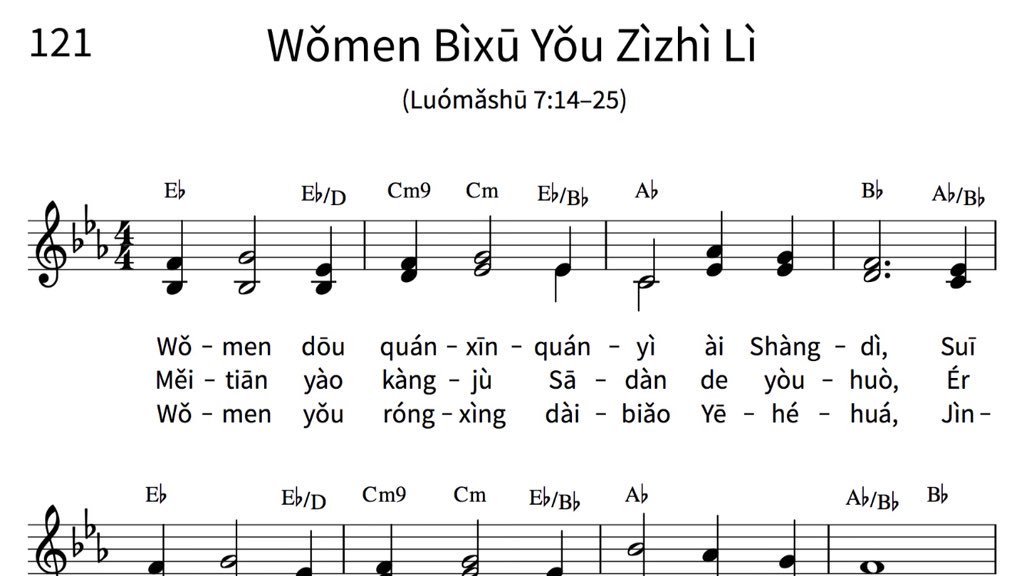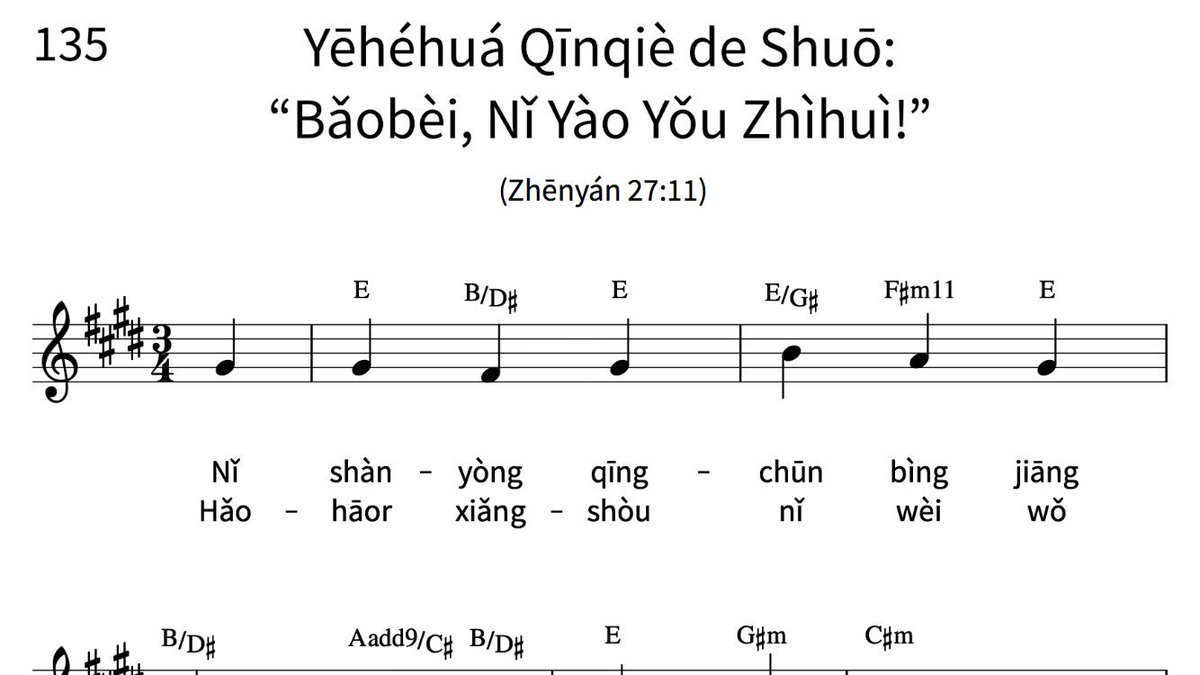Proofread Pīnyīn Web Material for the February 26–March 4 Bible Reading Posted
While we greatly appreciate the availability of the official Pīnyīn NWT Bible PDF file, the PDF format was conceived of in a world dominated by paper. Unfortunately, that means that PDF files are often not optimal for reading on the mobile devices that are now so prevalent among Mandarin field publishers.
The Pīnyīn Plus NWT Bible web material that is now available has been designed to be mobile-first, so it automatically adjusts itself to be optimal for reading on mobile devices of various shapes and sizes, including tablets and smartphones 📱.
Proofread Pīnyīn web material for the February 26–March 4 Bible Reading is now available:

A screenshot of the above-mentioned material being used offline on an iPhone 📱, using the app GoodReader. (Other similar apps can also be used, e.g. Documents.)
Also, partially proofread Pīnyīn web material (better at least than auto-generated Pīnyīn like that displayed by the Equipd app, and more mobile-friendly than the older 3-line PDFs) or better is now available for the Bible Readings from March 5 to March 25.
The above material is part of this resource:
- NWT Bible (Pīnyīn Plus, Web)
(2007 Printing, proofread, mobile-friendly, unofficial,
incomplete but with many often-used scriptures,
flashcards integrated with the text,
context-appropriate English translations
with literal & effective meanings,
Simplified & Traditional characters,
📖 Reveal All, 📄 Reveal Advanced, and
📘 Reveal None controls
for all the “flashcards” in a chapter, paragraph, etc.,
extensive links for getting around, audio links,
Night Theme that can be turned on or off
using the ☀️/🌙 button at the top right,
adjustable text size)
(Info re offline viewing and printing) - Short Links:
Links ▶ Publications ▶
New World Translation Bible Links (tiandi.info/bi)
To expand on why the above resource provides an excellent Mandarin reading experience on mobile devices:
- The above web material resource provides easy enlarging and automatic reflowing of the text to accommodate displays of various shapes and sizes, including those of many mobile devices.
- This is especially an advantage compared to the situation with PDF files, which have preset page sizes, text sizes, and line renderings baked in. As a result, PDF files are often cumbersome and difficult to read on smaller mobile devices. E.g., when you are zoomed in and get to the bottom of a column, it can be difficult to scroll up and to the right in order to get to the top of the next column without interrupting the flow of the reading. While trying to do so quickly, you may even accidentally turn the page, causing an even greater interruption as you try to figure out where you are, and then tap/swipe, zoom, and scroll back to where you actually want to be.
- In the above resource, Pīnyīn, an excellent tool for confidently and easily reading out Mandarin, is presented in a highly legible and readable way, and is given the primary focus.
- In fact, the material can easily be set to only display the highly legible Pīnyīn, without the beautiful and traditionally-used, but actually unnecessary Chinese characters distracting and taking up limited display real estate. (This can be done on the above resource by selecting 📘 Reveal None from the drop-down list near the top of the Pīnyīn Plus web page you are on. The web browser you are using will remember the setting for whenever it is again used to access the above resource until the setting gets changed manually, or until your browser gets reset, perhaps from being deleted and reinstalled.)
The introduction for the above resource explains why it’s good to use Pīnyīn as a writing system on its own. Here is a quote:
“Taken as a bewitchingly complex, independent system for directly representing meanings visually, the characters can actually be a distraction or a diversion from the Mandarin words themselves, which are already a system for representing meanings through Mandarin speech sounds. Really, a Mandarin word still means what it means, no more and no less, whether it is spoken, written in characters, or written in Pīnyīn. Shakespeare said that “a rose by any other name would smell as sweet”, and indeed, a rose would smell as sweet whether the spoken Mandarin word for it is written as “玫瑰” or as “méigui”. Writing the word in characters does not add to its meaning, and writing it in Pīnyīn does not take away from its meaning.”
To expand on the points listed re the above resource, note that:
- The material in the above resource has been carefully translated, rendered, and proofread. Material with a grey background has been partially proofread. Pīnyīn material with a golden-hued background has been proofread, but not all of its “flashcards” have been added and proofread.
- The material in the above resource is based on the latest 2007 printing of the Mandarin Chinese NWT Bible. If you notice that some changes need to be made to the material in the above resource to bring it in line with revisions to the Mandarin Chinese NWT Bible, please email me to let me know.
- The above resource is mobile-friendly—it is quite legible and usable on everything from desktop/laptop PCs and Macs to iPads and other tablets to iPhones and other smartphones.
- The above resource provides a control on each page for changing the text size. This should make it easy for most people to set the text to a comfortably readable size. When a new text size is selected, the text automatically reflows to allow you to read it without you having to scroll left or right.
- In the above resource, links are used extensively to make it quick and easy to get around in the material, drastically reducing the amount of manual scrolling needed.
- The above resource contains links to the official Mandarin MP3 audio files on jw.org.
- An active Internet connection is required to access the above web resource directly. However, its material can be downloaded in a zip file for offline use. More information is provided at the Info re offline viewing and printing link.
- For your convenience, a short link (New World Translation Bible Links (tiandi.info/bi)) is available for the above resource.







